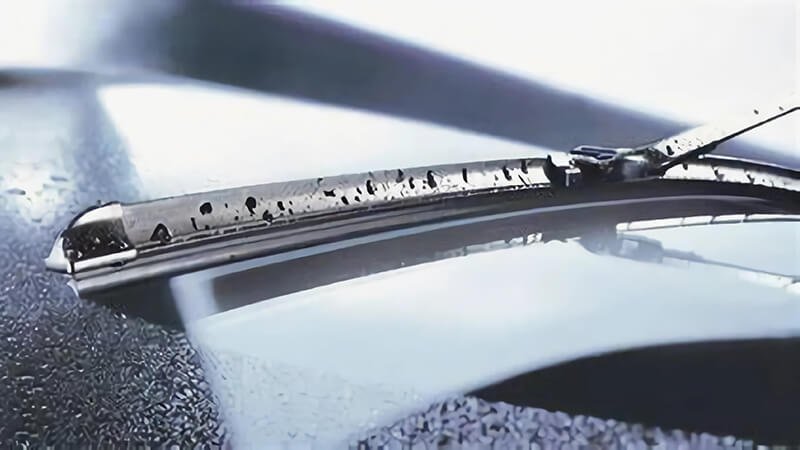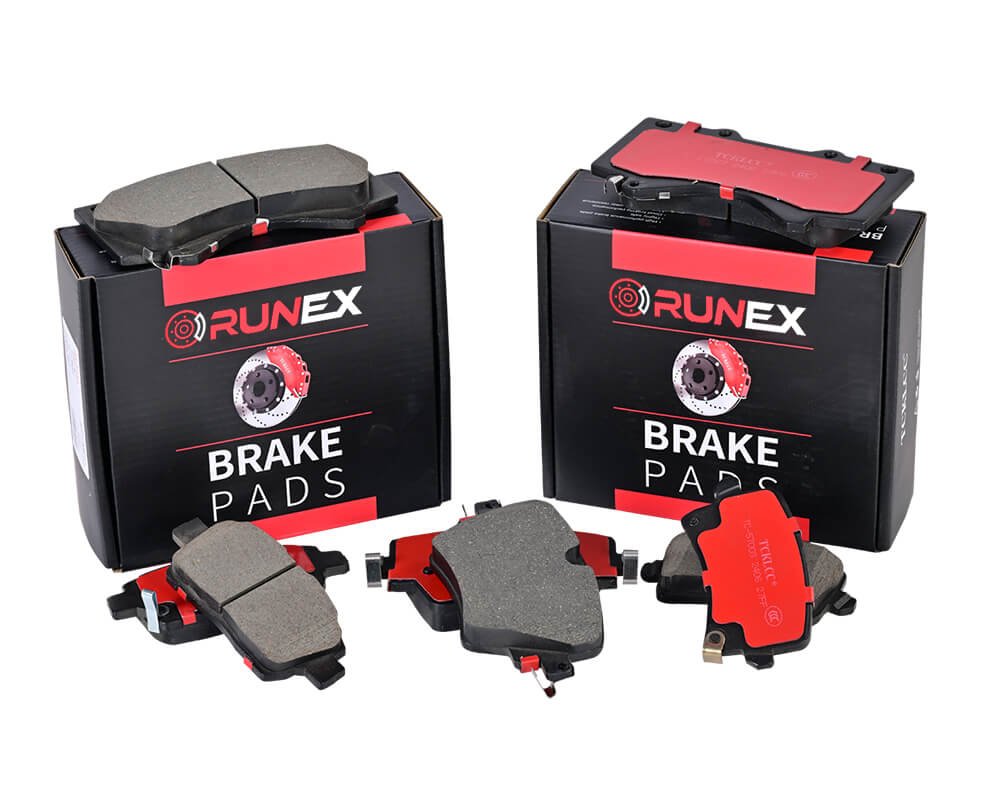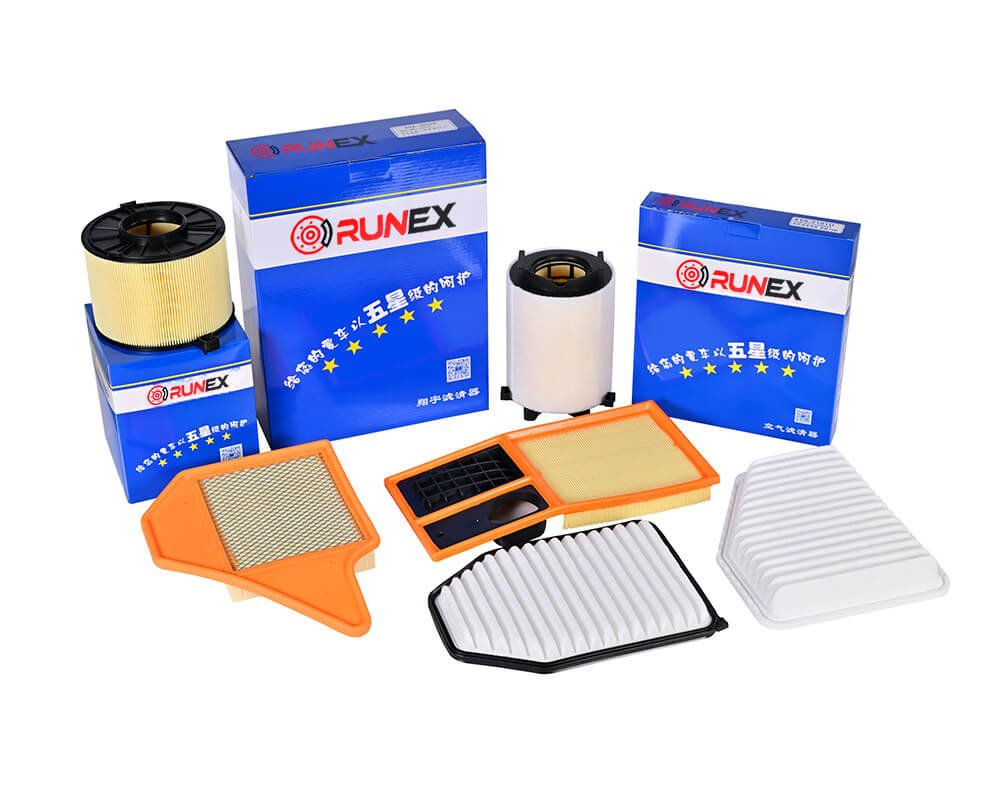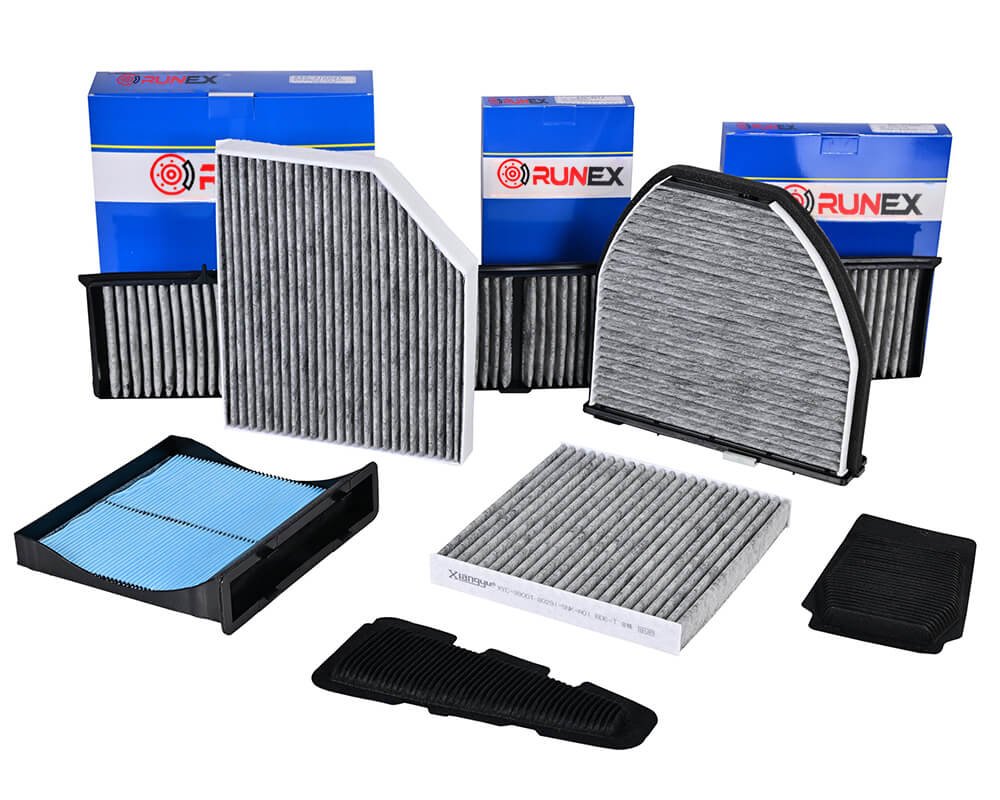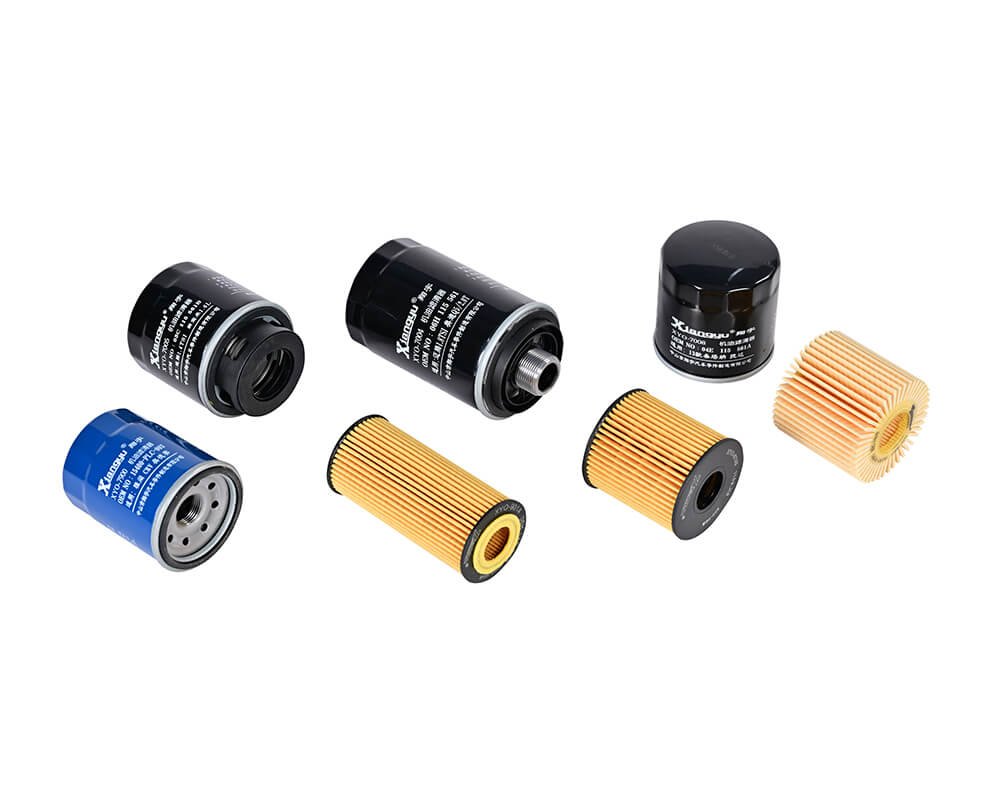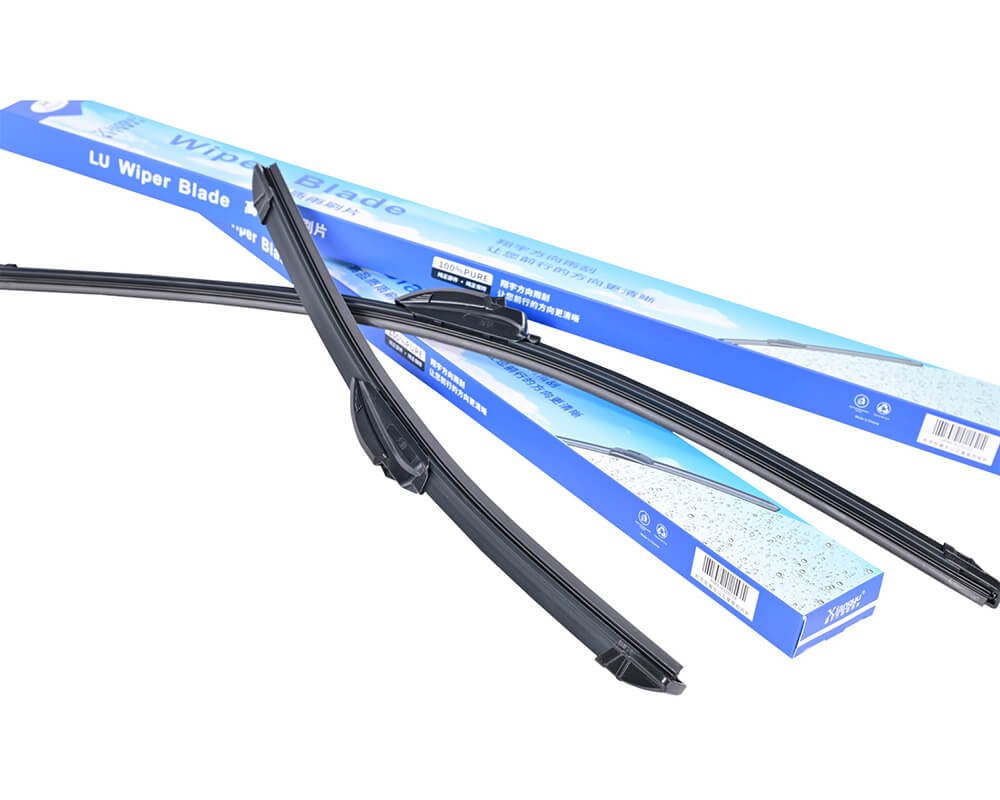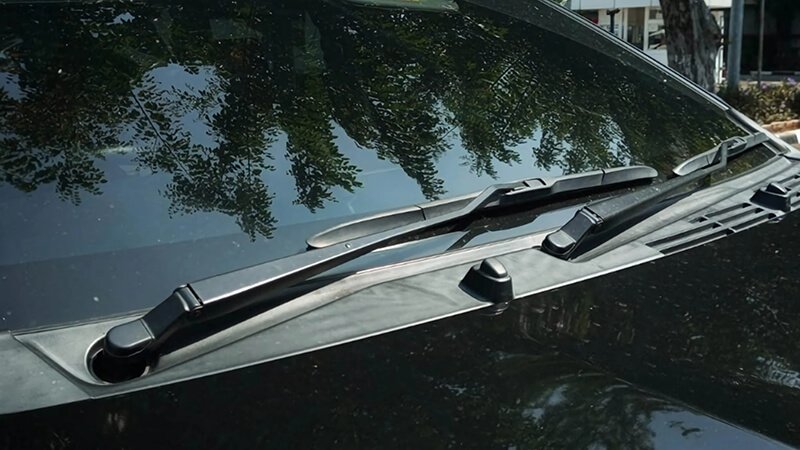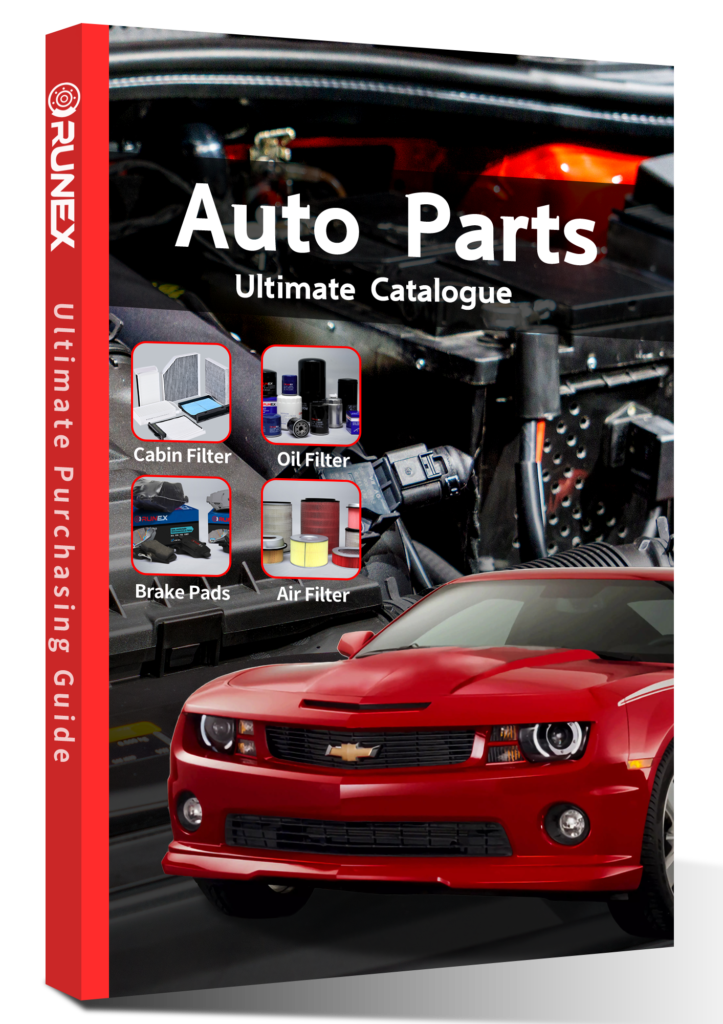Modern drivers expect more from their wiper blades—smooth performance, quiet operation, and no failures in rain or snow. But with so many types and materials out there, how do you know what actually works best?
The best wiper blades for a car are usually beam or hybrid blades made with silicone or graphite coatings, offering the most consistent pressure, quieter operation, and longer durability—especially under extreme weather.
When I talk to clients, especially distributors and fleet operators, I always stress this: not all wiper blades are equal. The right blade isn’t just about the material. It’s about long-term value. We learned this the hard way with a winter batch gone wrong. But after switching to beam-style blades, the complaints disappeared—so did the returns.

Which is better, rubber or silicone wiper blades?
Old-school rubber blades are cheap and easy to find, but they break down fast under UV and weather changes. Silicone blades cost more but usually last longer and perform better. That’s the simple tradeoff.
Silicone wiper blades are generally better than rubber ones in terms of durability, weather resistance, and consistent wiping performance, especially for drivers in extreme climates.
Material Breakdown: What’s Inside Matters
Here’s where I often see misunderstandings. Some customers think all wipers are basically the same—just buy what’s cheapest. But let’s break it down:
Rubber Blades
- Pros: Affordable, widely available, good for mild weather.
- Cons: Shorter lifespan, cracks under UV, noisy when aged.
Silicone Blades
- Pros: Water-beading effect, longer-lasting, more flexible in cold.
- Cons: Higher cost, not always available in local stores.
| Feature | Rubber Blades1 | Silicone Blades2 |
|---|---|---|
| Cost | Low | Higher |
| Durability | 6–12 months | 12–24 months |
| UV Resistance | Low | High |
| Performance in Winter | Poor | Excellent |
| Noise over time | Increases | Stays quiet |
From my experience, silicone blades have fewer returns and longer life cycles, which makes them perfect for wholesale and B2B deals. I often recommend silicone variants for fleet clients—it saves them from seasonal replacements and support calls.
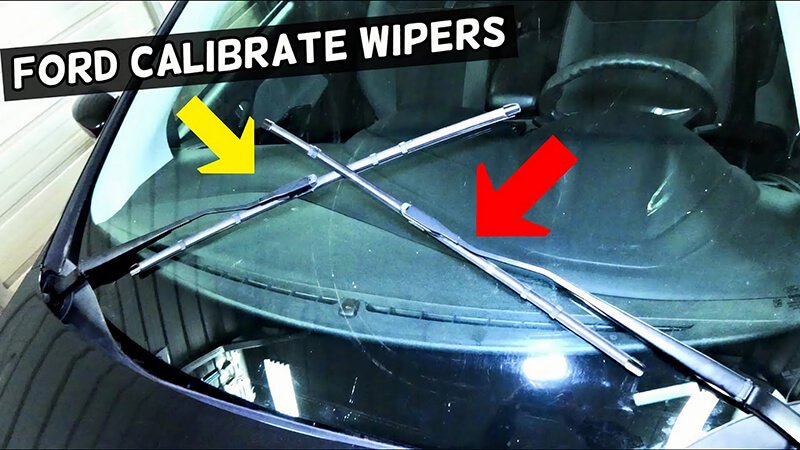
Do more expensive wiper blades make a difference?
Some buyers believe price is just about branding. But in my years dealing with OEM production and returns data, I’ve seen the patterns: cheaper blades fail faster. It’s not just the wipe—it’s the noise, the streaks, the returns.
Yes, more expensive wiper blades usually perform better. They are designed with better materials, improved engineering, and longer lifespan, reducing the need for frequent replacements.
Why Premium Blades Save You Money Long-Term
Let’s compare what goes into a $5 blade and a $25 blade. At the factory level, the difference is more than packaging.
Cheap Blades
- Often use extruded rubber with low elasticity.
- Poor spring tension in the frame.
- Weak connectors that loosen over time.
Premium Blades (like beam-style)
- Use silicone or graphite-treated rubber3.
- Beam or hybrid frame offers even pressure.
- Tested for harsh weather durability.
| Cost Bracket | Material | Frame Type | Lifespan | Return Rate (B2B) |
|---|---|---|---|---|
| Budget ($5–$10)4 | Rubber | Traditional | ~6 months | High |
| Mid ($10–$20) | Graphite-coated | Hybrid | ~12 months | Medium |
| Premium ($20–$30) | Silicone/Graphite | Beam | 18–24 months | Low |
For one of our partners, a winter season used to mean stacks of return forms and unhappy clients. When we helped them upgrade to our premium beam blades, that changed fast. They told me it wasn’t just quieter blades—it was quieter phones.

Are Bosch wiper blades rubber or silicone?
Bosch is a respected name, especially in Europe, but even they have multiple lines. Not all Bosch blades are created equal—some are rubber, others are silicone-infused. It depends on the model.
Bosch offers both rubber and silicone-coated wiper blades. Popular models like Bosch ICON use synthetic rubber, while higher-end options include silicone blends for better durability and performance.
Understanding Bosch's Wiper Blade Technology
Bosch makes a wide range, so it's important to know what you’re buying:
Bosch ICON (Beam Blade)
- Made with FX dual rubber.
- Offers weather resistance.
- Not pure silicone but enhanced for UV and ozone.
Bosch Aerotwin
- Known for beam-style sleek design.
- Coated rubber, not full silicone.
- Still performs well under stress.
| Bosch Model | Blade Type | Material | Target Market |
|---|---|---|---|
| ICON | Beam | FX Dual Rubber | North America |
| Aerotwin | Beam | Coated Rubber | Europe |
| Evolution | Bracket | Natural Rubber | Budget buyers |
While I respect Bosch's engineering, we’ve had clients switch to our own hybrid line5 for better control over specs and customization. In B2B, the ability to tweak blade pressure, packaging, and connector fit gives our customers an edge.

Are graphite or silicone wiper blades better?
This question comes up a lot. The truth is, both coatings aim to improve glide and reduce noise—but they serve slightly different purposes. Graphite adds slipperiness. Silicone adds durability.
Silicone wiper blades last longer and work better in harsh climates, while graphite-coated rubber blades offer smoother wipe action but wear faster over time.
The Science Behind Coating Choices
Let’s break this down clearly:
Graphite-Coated Blades
- Use natural or synthetic rubber as a base.
- Apply a graphite layer to reduce friction.
- Perform well for a few months, then wear out.
Silicone Blades
- Use silicone rubber base—more resilient.
- Sometimes include graphite additives too.
- Resist heat, cold, UV much better.
| Feature | Graphite-Coated Blades6 | Silicone Blades7 |
|---|---|---|
| Base Material | Rubber | Silicone |
| Coating | Graphite | Sometimes Graphite |
| Lifespan | ~6–9 months | 12–24 months |
| Cold Weather Use | Medium | Excellent |
| Performance Consistency | Declines over time | Stable long-term |
At Runex Auto, we started offering a silicone blade line with micro graphite infusion8. Why? Because it gives customers the best of both worlds—smooth glide and long life. Our distributors told us it cut their return rates by over 30%. For anyone managing large orders or seasonal prep, that’s a big win.
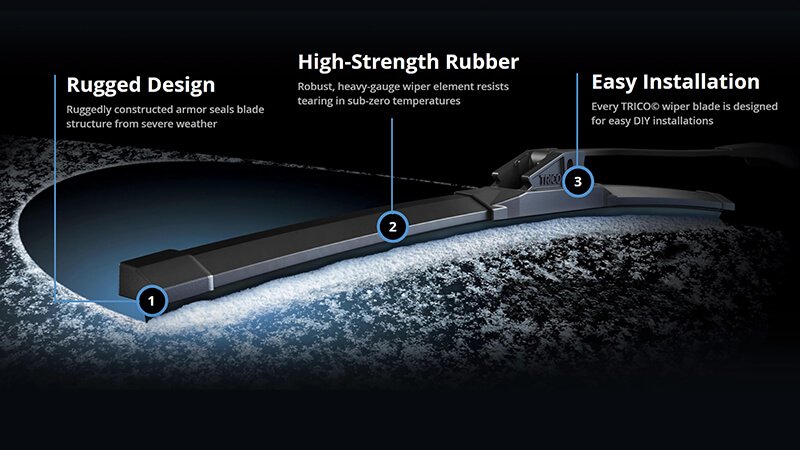
Conclusion
When it comes to wiper blades9, the details matter. The right material and blade structure can mean fewer returns, happier customers, and better margins. Silicone and beam-style blades offer superior performance, while brands like Bosch balance cost and quality. I’ve seen firsthand how the right choice turns seasonal headaches into smooth operations. If you're sourcing for value and performance, look beyond price—look at the long-term payoff.
-
Understanding the pros and cons of Rubber Blades can help you choose the right wiper for your needs and budget. ↩
-
Explore the advantages of Silicone Blades, including durability and performance, to make an informed choice for your vehicle. ↩
-
Learn about the advantages of silicone or graphite-treated rubber in blade manufacturing and how it improves longevity and performance. ↩
-
Explore the limitations of budget blades and why investing in higher quality options can save you money in the long run. ↩
-
Learn about the benefits of hybrid wiper blades and how they can offer better customization and performance for your vehicle. ↩
-
Learn how Graphite-Coated Blades stack up against alternatives for better decision-making. ↩
-
Explore the advantages of Silicone Blades for durability and performance in automotive settings. ↩
-
Discover how micro graphite infusion enhances blade performance and longevity. ↩
-
Find the best OEM Wipers Blades, clicking this link to get your best products and good prices from Runex Auto. ↩

